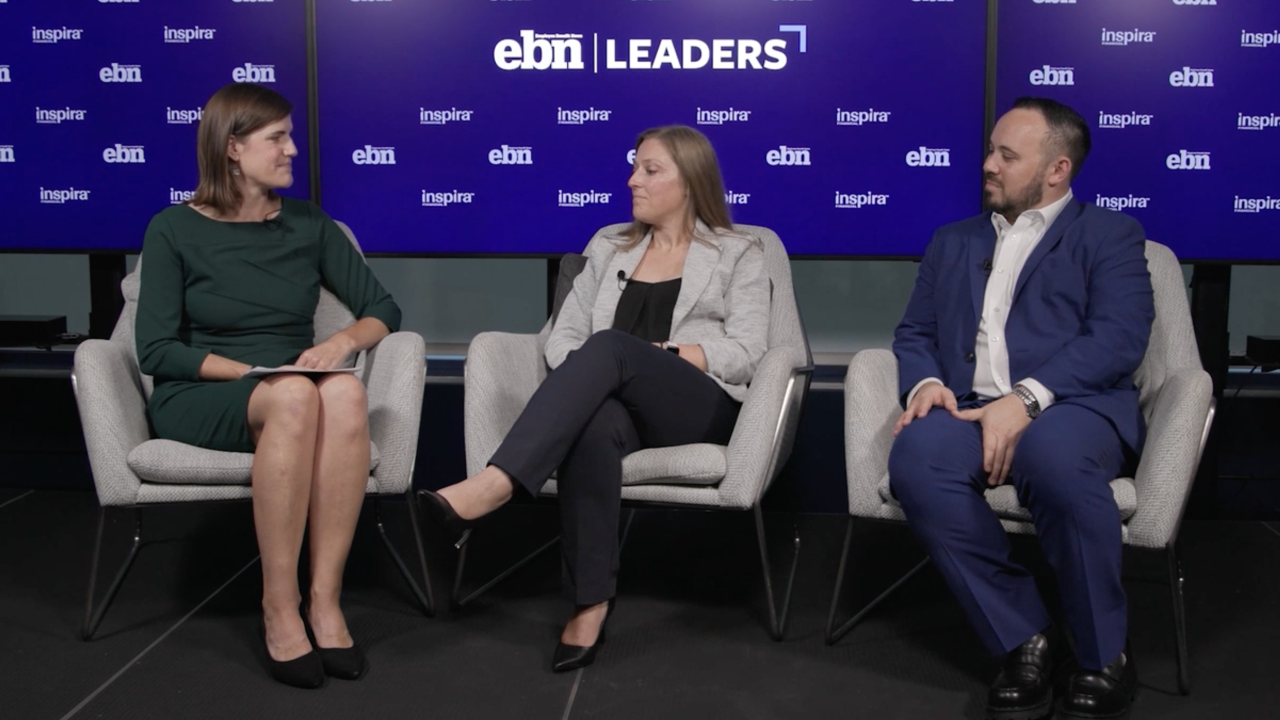Employers have invested time and resources on making sure they’re keeping up with employees’ wellness demands — but is it working? Apparently not.
The reality is that
“The key decision makers have this blind spot,” says Dr. Andrea Derler, Visier's head of research. “Which means that I don't actually see how employees are feeling and how they experience the workplace. That's a problem because [employees] can't do anything to change anything.”
The overall wellness discrepancy is rooted in smaller disagreements between management and employees. For example, 75% of fully remote executives would prefer to work from the office at least three days a week, but only 37% of non-executives agree; 72% of executives feel they’re being transparent with employees about post-pandemic policies, but only 47% of employees agree; and 74% of execs say they’re doing enough to help employees upskill and gain knowledge, but only 36% of employees would say the same.
And all of these disparities — whether executives are aware of them or not — are contributing to employee burnout. Derler says it’s imperative that employers survey their workers to
“There is no business without people and there is no people without business — it's really a very close relationship that we can't separate,” Derler says. “If [employers] don’t know the levels of burnout, they may not know that burnout leads to attrition and they may not make the link on what it means for cost [and culture].”
Read More:
Unfortunately there is no clear-cut solution, Derler says. Surveys and reports are a good first step, but only as long as employers are prepared to take
“Current leaders can still wake up, look at the data and reflect on themselves — but behavior change is complex,” she says. “Maybe we need a new generation of senior leaders.”






